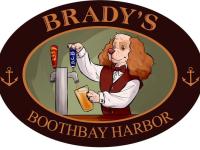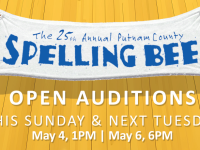Executive chef on seafood: ‘Be adventurous. Try something other than cod’
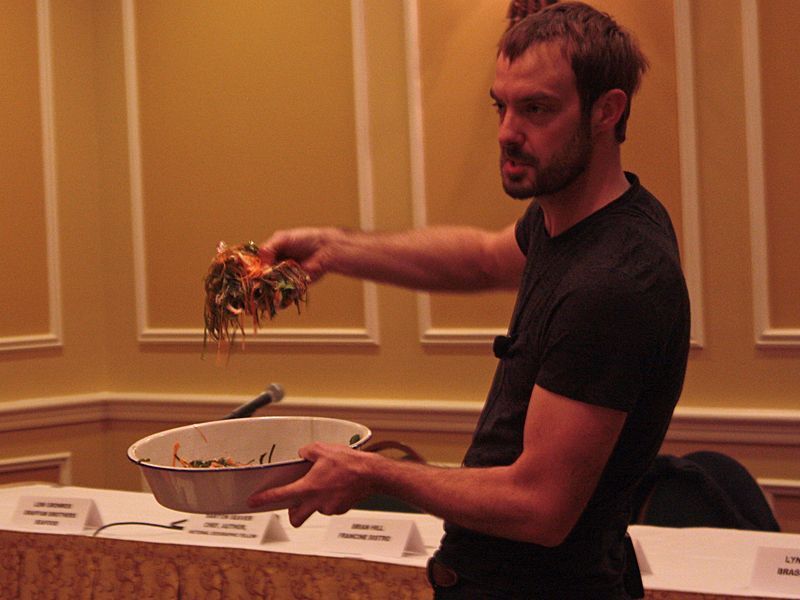 Executive Chef Barton Seaver on the beauty and balance of using sustainable ingredients in cooking. (Photo by Kay Stephens)
Executive Chef Barton Seaver on the beauty and balance of using sustainable ingredients in cooking. (Photo by Kay Stephens)
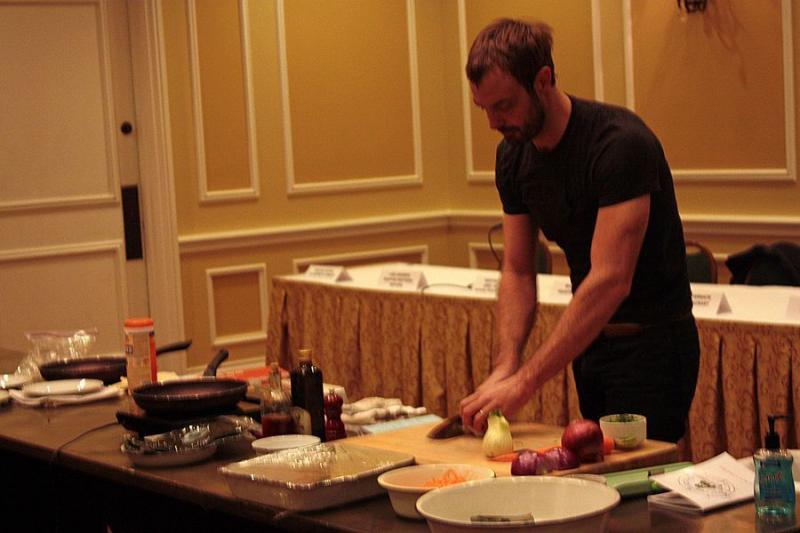 Seaver prepares his dishes in front of an audience, explaining his philosophy and process. (Photo by Kay Stephens)
Seaver prepares his dishes in front of an audience, explaining his philosophy and process. (Photo by Kay Stephens)
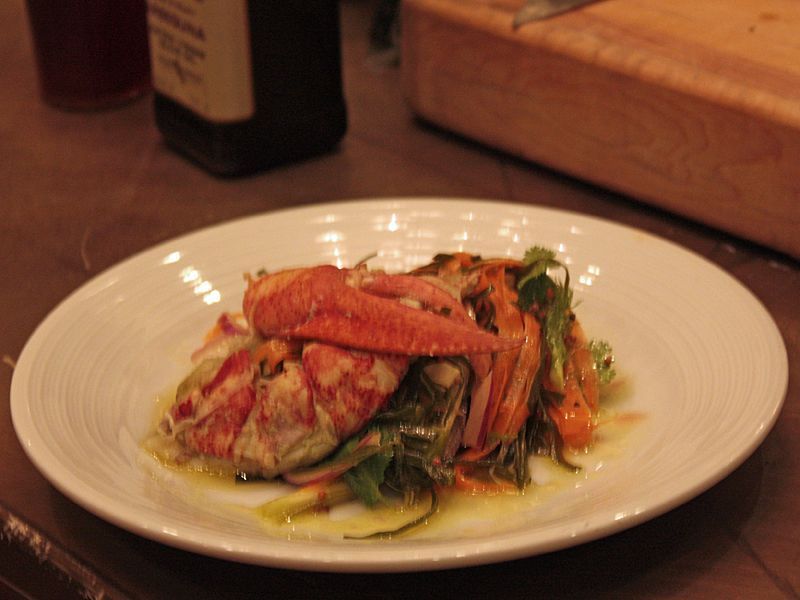 Smoked Lobster and Seaweed Salad. (Photo by Kay Stephens)
Smoked Lobster and Seaweed Salad. (Photo by Kay Stephens)
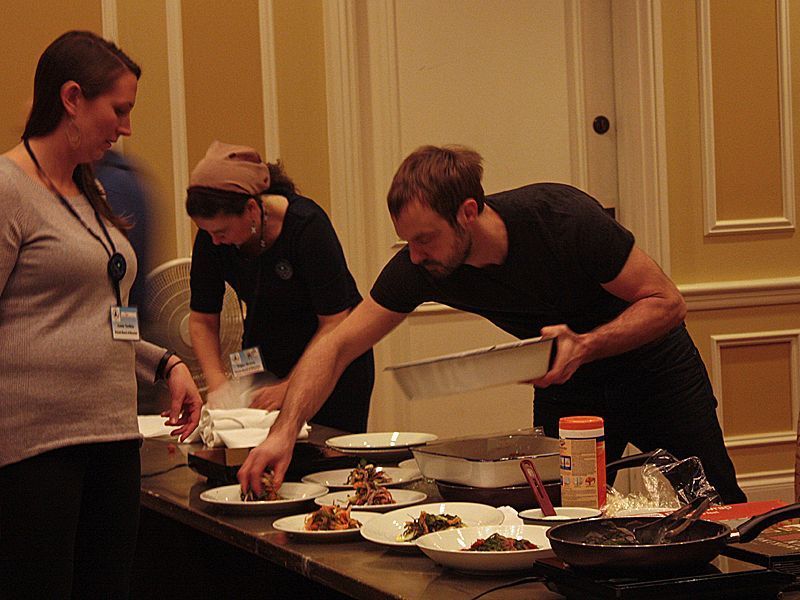 Plating up for the audience. Six lucky raffle ticket winners got to sample each chef’s dish. (Photo by Kay Stephens)
Plating up for the audience. Six lucky raffle ticket winners got to sample each chef’s dish. (Photo by Kay Stephens)
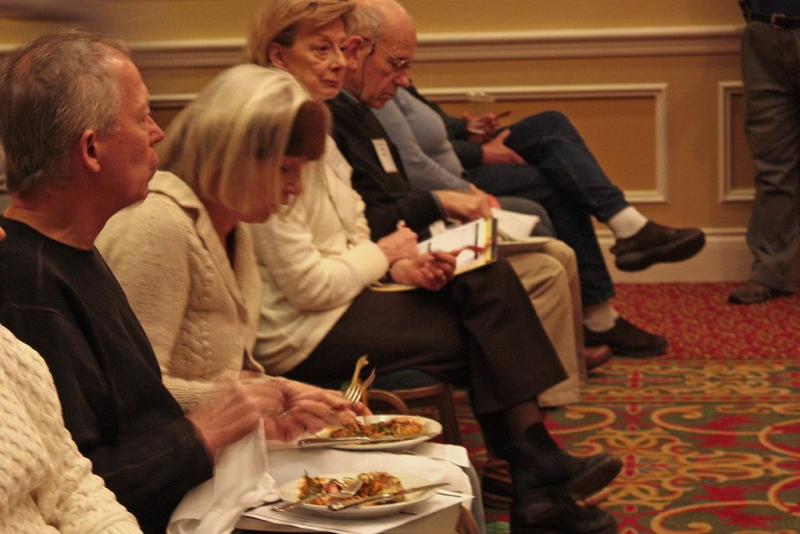 Two lucky winners got to sit side by side as they sampled Seaver’s dish. (Photo by Kay Stephens)
Two lucky winners got to sit side by side as they sampled Seaver’s dish. (Photo by Kay Stephens)
 Executive Chef Barton Seaver on the beauty and balance of using sustainable ingredients in cooking. (Photo by Kay Stephens)
Executive Chef Barton Seaver on the beauty and balance of using sustainable ingredients in cooking. (Photo by Kay Stephens)
 Seaver prepares his dishes in front of an audience, explaining his philosophy and process. (Photo by Kay Stephens)
Seaver prepares his dishes in front of an audience, explaining his philosophy and process. (Photo by Kay Stephens)
 Smoked Lobster and Seaweed Salad. (Photo by Kay Stephens)
Smoked Lobster and Seaweed Salad. (Photo by Kay Stephens)
 Plating up for the audience. Six lucky raffle ticket winners got to sample each chef’s dish. (Photo by Kay Stephens)
Plating up for the audience. Six lucky raffle ticket winners got to sample each chef’s dish. (Photo by Kay Stephens)
 Two lucky winners got to sit side by side as they sampled Seaver’s dish. (Photo by Kay Stephens)
Two lucky winners got to sit side by side as they sampled Seaver’s dish. (Photo by Kay Stephens)
ROCKPORT—While whipping up a smoked lobster and seaweed salad for the audience during a master class held at the Maine Fishermen’s Forum over the weekend, executive chef Barton Seaver made some salient points about Maine seafood that directly aligned with the Forum’s emphasis on sustainability.
To paraphrase, he said that most of us, when thinking about Maine seafood, have our eyes pointed out to sea with a romantic notion that what drives the seafood industry is somehow out there, unseen on the waves. In reality, we should make a 180-degree turn and look at the houses, trucks and fishing gear of the men and women in our community — for what sustains them to be able to make a living is what sustains us as diners.
“Fish are part of the biological ecosystem,” he explained. “Seafood is the result of human interaction with such, and a fishery as it is defined, is a human economic structure, purposed with feeding people, creating jobs, and enabling traditions and heritage. Too often though, we don’t understand fisheries as food productions systems. Just as you wouldn’t walk into the woods to find a ‘hunt,’ why do we think we go out from the harbor to find a ‘fishery’? A fishery is the sum of millions of decisions made every day by men and women for the purposes of sustaining themselves and providing food for our tables.”
Seaver, who opened seven restaurants and gained numerous awards and acclaim for his food and for environmentally conscious businesses, is known for being a conservationist.
After graduating from the Culinary Institute of America, he traveled to the seaside village of Essaouira in Morocco, where survival is directly linked to the oceans. His time spent with the locals, who taught him generations-old fishing methods and shaped his belief that, at its root, sustainability is both an ecological and a humanitarian issue.
He also pointed out how limited we are when it comes to choosing seafood. In his book, For Cod and Country, he states that even though there are hundreds of types of fish for sale, most chefs are only familiar with a few varieties.
“We have moved away from the Catch of the Day mentality,” he said. “The fact is, we so demand cod that we’re not willing to eat pollock, haddock, hake, cusk, Ling, wolf, monk, dog, or skates — even though it costs the fisherman the same amount of effort, fuel and labor to land that fish. From a culinary perspective, it is equally as valuable and from a health perspective, it equally serves the purpose of a nutritious dinner. But yet, our irrational lack of demand and our narrow scope of culinary ingenuity has forced fishermen to operate in a system that is governed by irrational demand.”
In his talk, he emphasized using locally harvested seaweed in salads. Preparing a dish of sautéed kelp with blood orange and onion, he said, “A dish like this, fresh, beautiful, full of vibrant flavors, balance—that’s what we really need to do, and that’s where I thinks chefs certainly have an opportunity.”
At the same time, he underscored the need as well for the public to open their minds to more locally harvested choices when dining out.
This is the first year that the Maine Fishermen’s Forum had created a special Seafood Celebration event, allowing notable chefs to speak about their process as they demonstrated how to make delicious seafood dishes in front of an audience, many of whom were able to try the creations afterwards.
Chef Lynn Archer, of the Brass Compass, made a lobster risotto; Chef Brian Hill, of Francine Bistro and Shepherd’s Pie, made a dry roasted rope-grown mussels atop white pine needles; and Chef Dave Pasternack, of Esca Restaurant in New York City, made a lobster and mahogany quahog and pollock ceviche.
To see more photos of the chefs in action creating these delicious dishes, view our gallery.
Kay Stephens can be reached at news@penbaypilot.com
Event Date
Address
United States





















